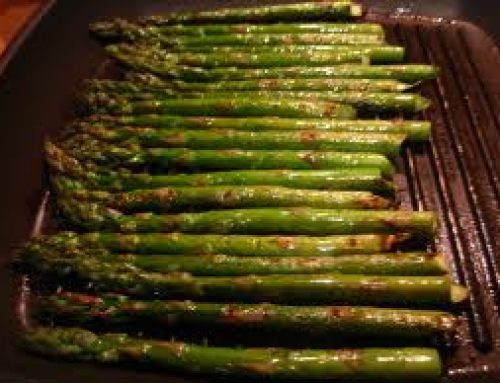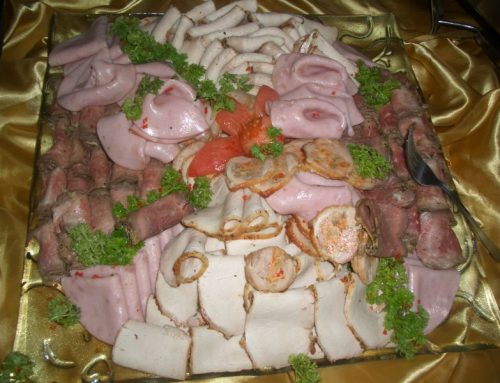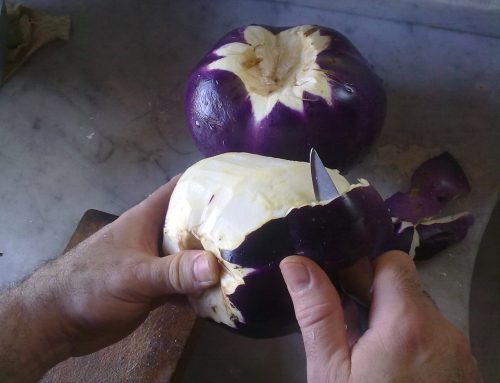Red Currants are grown in different parts of western Europe such as Belgium, France, Norway, Sweden, Germany, Netherlands, northern Italy, northern Spain, Portugal and Poland.
They are cultivated for for jams and often served raw or as a simple accompaniment in salads, garnishes, or drinks.
So if we can eat them, can guinea pigs eat red currants, and if they can how much of them can be eaten?
Lets take a look at their nutritional data and find out more. In particular, their acidic, phosphorus, sugar, fat, and calcium content.
Energyt234 kJ (56 kcal)
Carbohydratest13.8 g
– Sugarst7.37 g
– Dietary fibert4.3 g
Fatt0.2 g
Proteint1.4 g
Thiamine (vit. B1)t0.04 mg (3%)
Riboflavin (vit. B2)t0.05 mg (4%)
Niacin (vit. B3)t0.1 mg (1%)
Pantothenic acid (B5)t0.064 mg (1%)
Vitamin B6t0.07 mg (5%)
Folate (vit. B9)t8 μg (2%)
Cholinet7.6 mg (2%)
Vitamin Ct41 mg (49%)
Vitamin Et0.1 mg (1%)
Vitamin Kt11 μg (10%)
Calciumt33 mg (3%)
Iront1 mg (8%)
Magnesiumt13 mg (4%)
Manganeset0.186 mg (9%)
Phosphorust44 mg (6%)
Potassiumt275 mg (6%)
Sodiumt1 mg (0%)
Zinct0.23 mg (2%)
(source: Wikipedia)
As you can see red currants contain a little phosphorus, a hint of fat and calcium, and are a little acidic, however they are quite sweet.
They also contain a very good amount of vitamin c.
With this in mind, guinea pigs can eat red currants, but only once or twice a week due their sugar content. But they are quite a nice fruit for guinea pigs to have as part of their diet.





